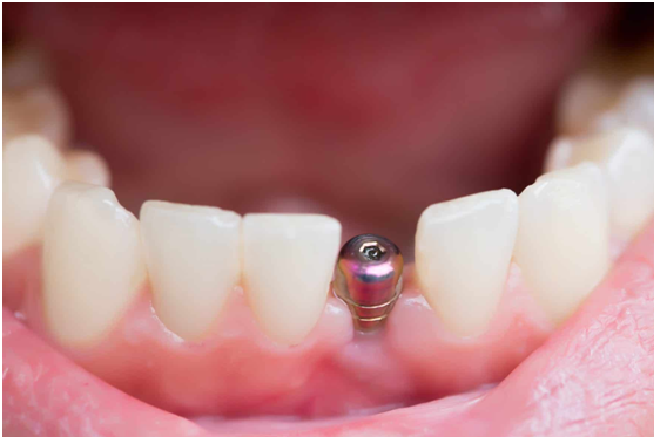A Quick Guide to Dental Implant Techniques
Missing teeth might only seem like a cosmetic problem at first glance, but the gaps in your mouth can hinder many everyday activities. For example, chewing food can become a painful experience which can, in turn, lead to other health problems. Moreover, missing teeth can also impact speech and may even change your face structure since your mouth needs to change its action to compensate for the gaps. So, it’s always best to visit a dentist to see if you might benefit from dental implants.
According to the Australian Institute of Health and Welfare, missing teeth are undeniably a common problem in Australia, with Australian adults missing an average of 4 to 5 teeth. So if you do want to get a dental implant, you are certainly not alone. You will soon learn that there are many options for you to choose from. Go through this quick guide on implant types and techniques. From all-on-4 dental implants to endosteal implants that are offered by clinics in Australia, get to know your options better!
Besides, if you’re curious about the process of receiving a dental implant, you can always get a dentist’s appointment and ask them.
Two Common Types of Dental Implants:
Endosteal Implants
They are the most common types of implants used today. Endosteal implants involve drilling into the bone to place small titanium screws in the jawbone. These screws then act as platforms that take on the role of securing the false teeth in place.
Subperiosteal Implants
These implants use a metal frame with poles that are placed beneath the gums. The false teeth are attached using the posts protruding from the metal frame, and the gums heal over the metal frame while holding it in place. The main difference between sub periosteal and endosteal implants is that the former doesn’t involve placing implants in the jawbone. Instead, the metal frame used rests on top of the jawbone, beneath the gums.
Once you have chosen the best implant type for you, multiple techniques are available to help hold the implant in place, which are:
The Traditional Technique: This technique involves using an endosteal implant, typically one implant for each missing tooth, that is first embedded in the jawbone. The implant is then left to heal for a few weeks, after which a crown made to match the patient’s teeth is attached. This process may take place over several months, making it ideal for patients who need to receive only a few dental implants.
All-on-4 Dental Implants: This implant technique can provide a complete set of teeth in the top and bottom jaw by installing only four implants in the jawbone. One advantage of this method is that the patient can continue to use the set of temporary teeth from the day of the implant itself.
Immediate Load Dental Implants: This technique involves placing a temporary tooth on the implant right after it is drilled into the bone. Unlike in the traditional implant technique, there is no need to wait for the tissues and bones to heal after the implant. The temporary tooth is then replaced by a crown for long-term use after the healing period.
Mini dental implants: While these are not substitutes for regular dental implants, mini implants are often used to hold dentures in place in cases where patients are missing most of their teeth. Mini implants are small and narrow, allowing them to be placed using a less invasive procedure than regular dental implants.
Author Bio: Alison Lurie is a farmer of words in the field of creativity. She is an experienced independent content writer with a demonstrated history of working in the writing and editing industry. She is a multi-niche content chef who loves cooking new things.






























